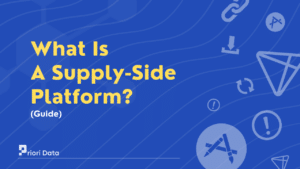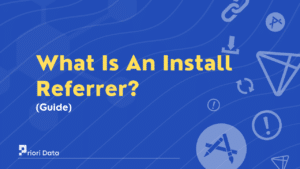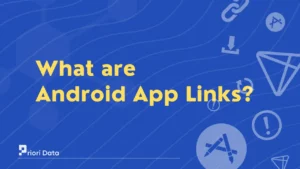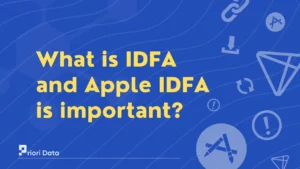Mobile Geofencing refers to location-based technology that allows marketers to create virtual perimeters.
It uses GPS, WiFi, or other technologies to build a virtual fence around a real-world location. Marketing allows to delivery of targeted ads to users who are within that virtual fence. They can send targeted ads, or alerts to the users within the specific location.
Once the geofence is set up, a mobile app can trigger actions based on the user’s location. For example, if you have a shopping store, you can create a geofence around your store’s location.
When a user enters the geofence, the app can send them a notification about a sale or a special offer.
This can drive foot traffic and increase sales for the store. It can also track user behavior and gather insights based on user preferences. Data can get refined to personalize messages for users within the geofenced area.
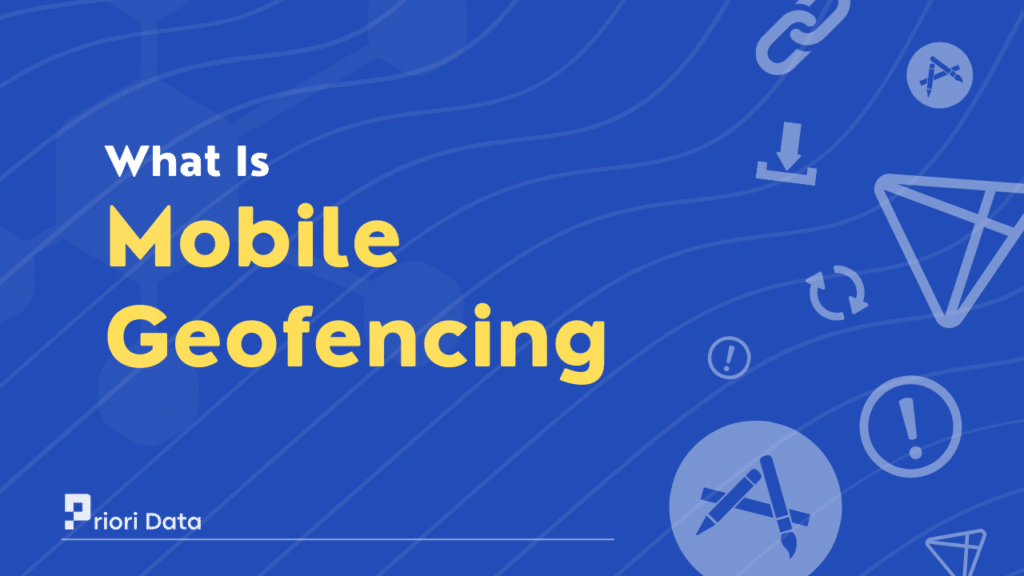
How does mobile geofencing work?
First, the mobile app needs to have access to the user’s location data. Once the app has access to the user’s location, it can create a virtual boundary around. Mobile geofencing works by using GPS, cellular, and Wi-Fi data or RFID technologies.
Geofence is a virtual perimeter created around a physical location using GPS coordinates. When a mobile device enters or exits a geofence, it sends a signal to the mobile app running on the device. The app then uses this signal to trigger a specific event or action within the app.
The trigger could be such as sending a push notification to the user’s mobile device. Geofencing only works whenever the user opt-in to receive push notifications.
This works also when the user grants permission to access location data. It includes a customized message or other information related to the geofenced location.
What are the uses of mobile geofencing?
Mobile geofencing gets served in several ways in mobile apps today. Let’s explore some of the most common uses of mobile geofencing:
1. Social Networking
Mobile geofencing can be used by various social media platforms such as Snapchat. It allows users to connect with people in their immediate vicinity.
Geofencing can enhance social networking apps by connecting with users. For example, a dating app might use mobile geofencing to show users potential matches. Those who are in the same restaurant at that time.
Geofencing can also help meetups and events among users who are in the same geographic area.
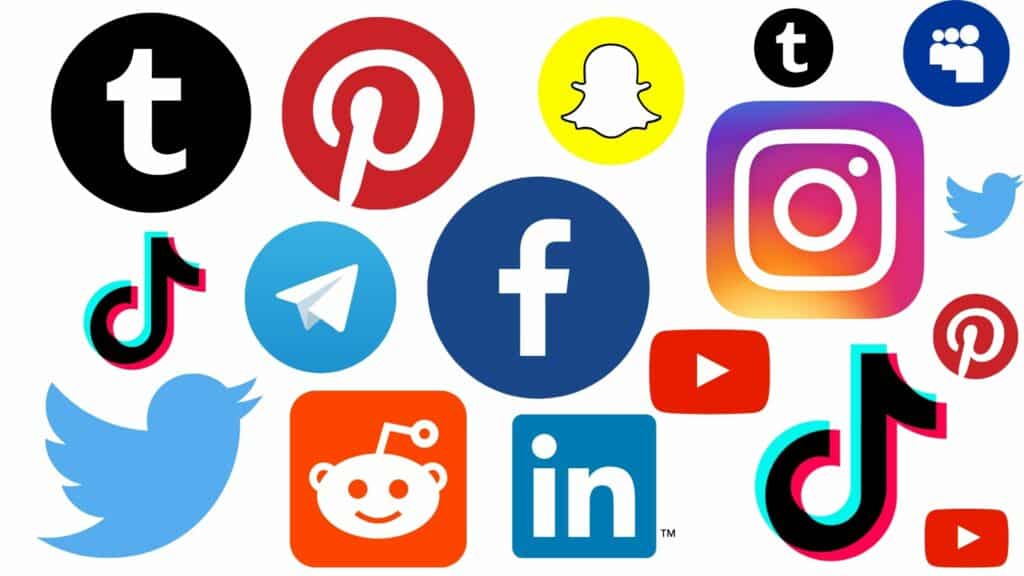
2. Transportation and Logistics
Geofencing uses to deliver targeted marketing ads to users based on their location. It can track the location of assets, such as vehicles, delivery areas, or truck routes.
For example, a delivery company might use geofencing to track its delivery drivers. Geofences can create around delivery routes or specific delivery locations.
If a driver deviates from their assigned route or misses a delivery location. Then an alert can get triggered, by allowing the company to take
1. Smart appliances
Smart appliances can use geofencing to conserve energy based on the user’s location. It recognizes when a user is within range and customizes their settings according to it.
For example, a smart lighting system can turn off the lights when the user leaves the room by using a geofence. It provides a more convenient and personalized user experience and improves energy efficiency.
2. Security
Mobile geofencing can enhance security by creating virtual perimeters around secure locations.
They can improve security by notifying users when they enter or leave a specific area. For example, a home security system can alert the user if someone enters when they are away.
If an unauthorized person enters the geofenced area, an alert triggers. It takes necessary action to prevent thefts from their home by geofencing. As it provides an additional layer of security through geofencing.
What are the main benefits of mobile geofencing?
There are several benefits of using mobile geofencing in your app. One of the biggest advantages is that it can help you target your audience more effectively. Setting up geofences around specific geographical areas can send targeted messages. This makes the users more likely to gain attention to your app or product.
Mobile Geofencing can help you to personalize your content and recommendations to users. By sending messages based on their location, you can create personalized ads for them.
For example, a restaurant can use geofencing to send discounts to users who are in the vicinity. It can provide businesses with valuable data about customer behavior and foot traffic.
Mobile geofencing can also improve customer service. By using geofencing technology, you can send messages about nearby customer service locations. This can help improve the customer experience and lead to increased loyalty.
Geofencing can automate certain tasks that help to improve its efficiency. For example, a vendor can use geofencing to adjust the temperature when users enter the store. By leveraging the benefits, businesses can stay competitive in an increasingly connected world.
FAQs
Ques 1: Is geofencing mobile only?
Ans. No, geofencing is not limited only to mobile devices. It can be set up on various platforms such as tablets, and desktops.
Ques 2: Is geofencing tracking?
Ans. Yes, geofencing involves tracking a device’s location within a designated virtual boundary.
Ques 3: Does geofencing work if the location is off?
Ans. No, geofencing requires the location should be on to work.
Ques 4: Does Google use geofencing?
Ans. Yes, Google uses geofencing, for example, to provide location-based notifications for Google Maps.
Ques 5: Does geofencing require WiFi?
Ans. Geofencing does not need WiFi, but it may use WiFi to improve location accuracy. It can also work with GPS, cellular data, or other location-tracking technologies.



